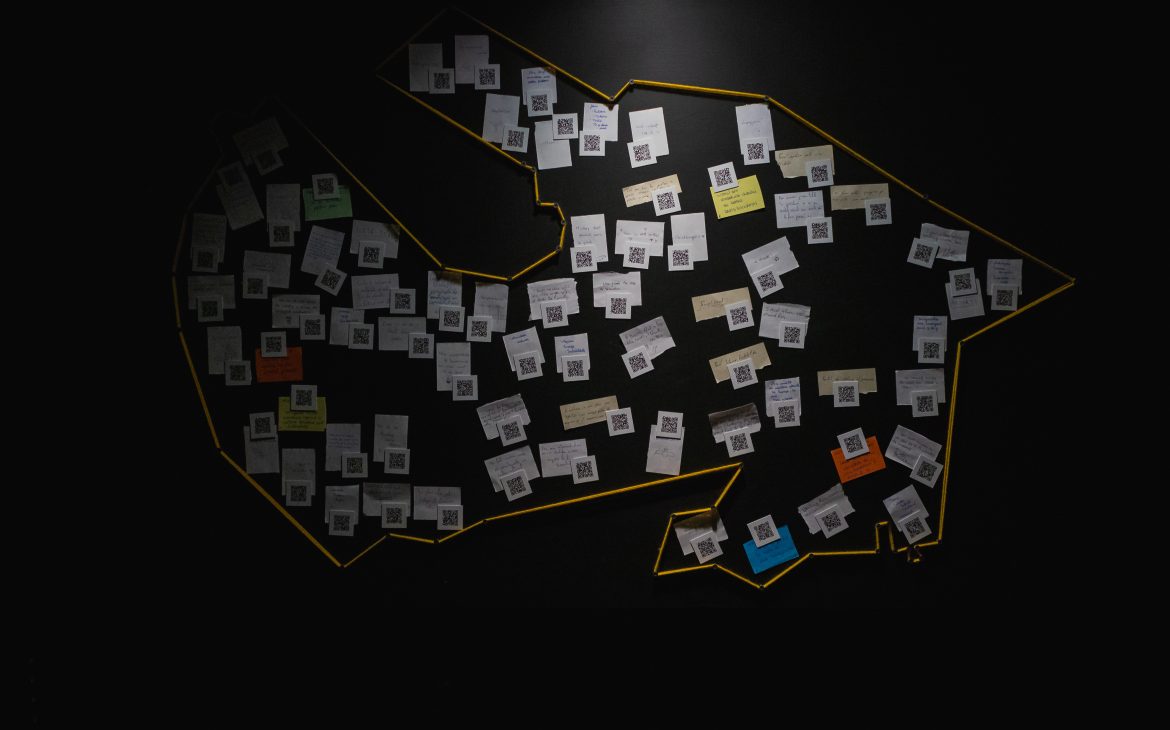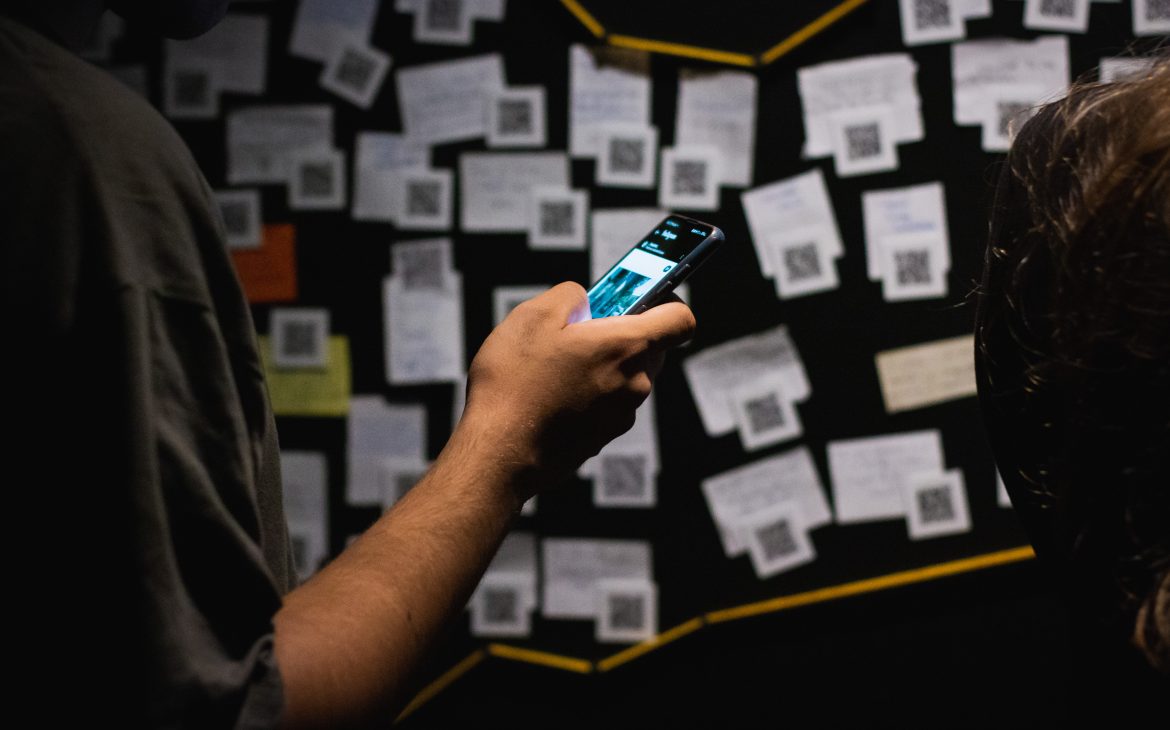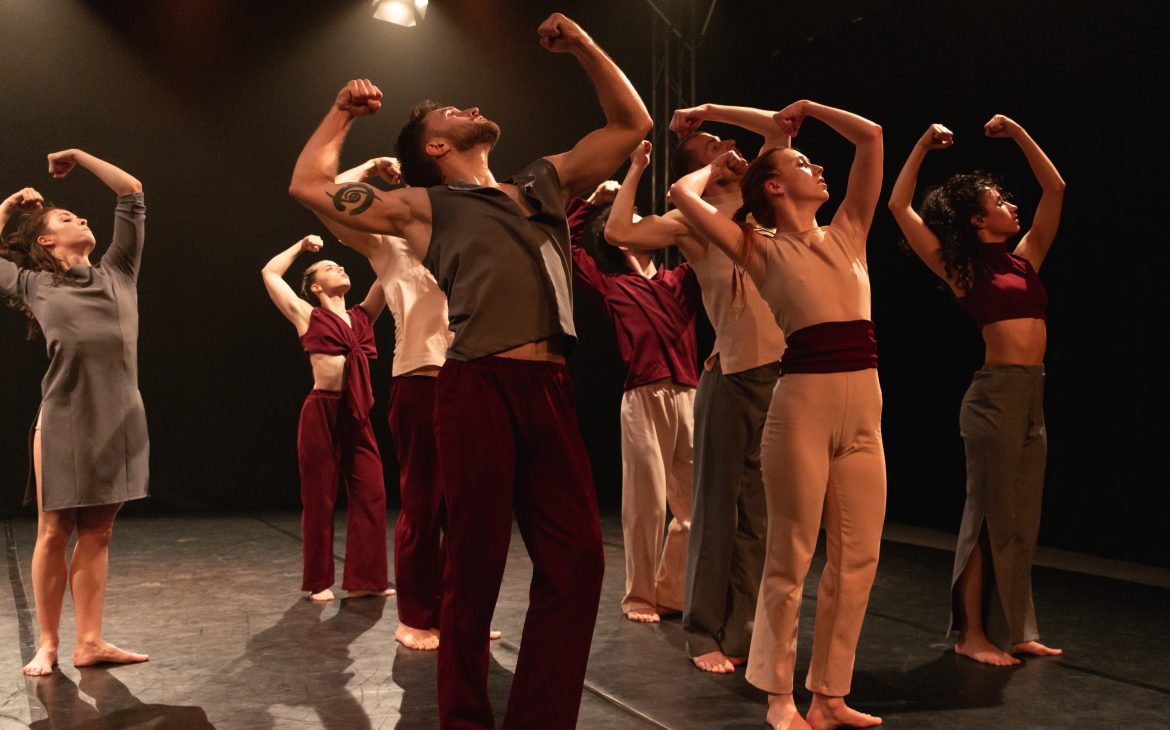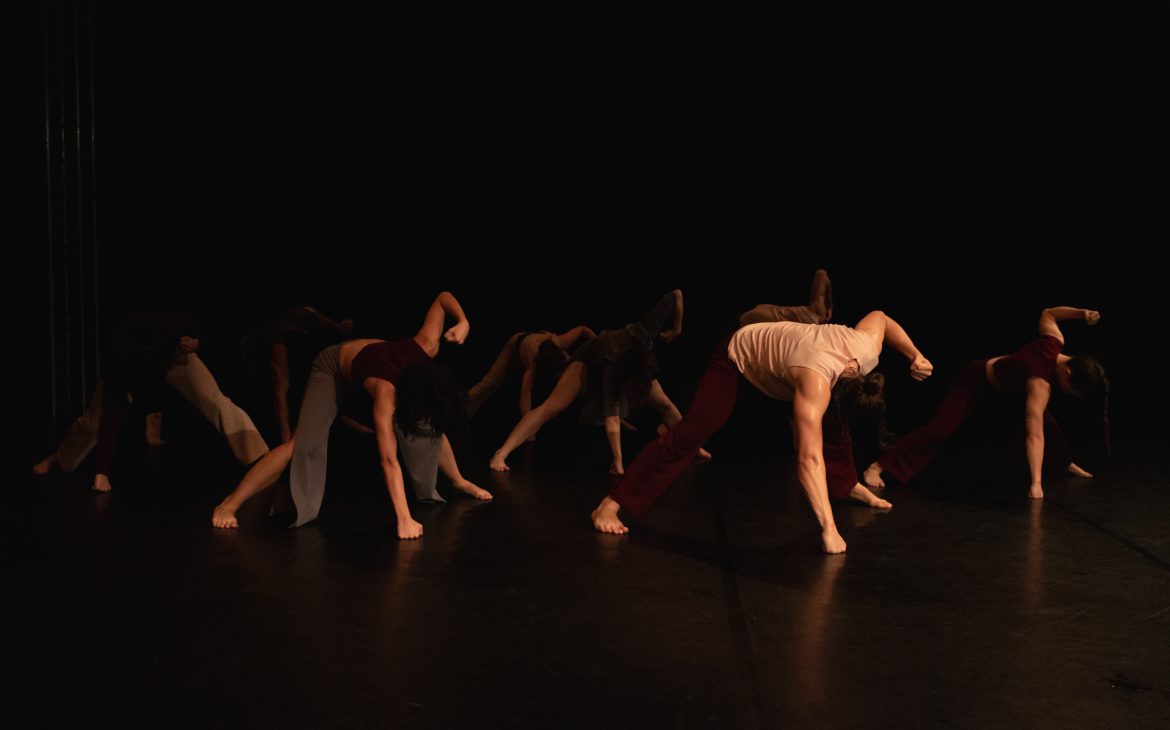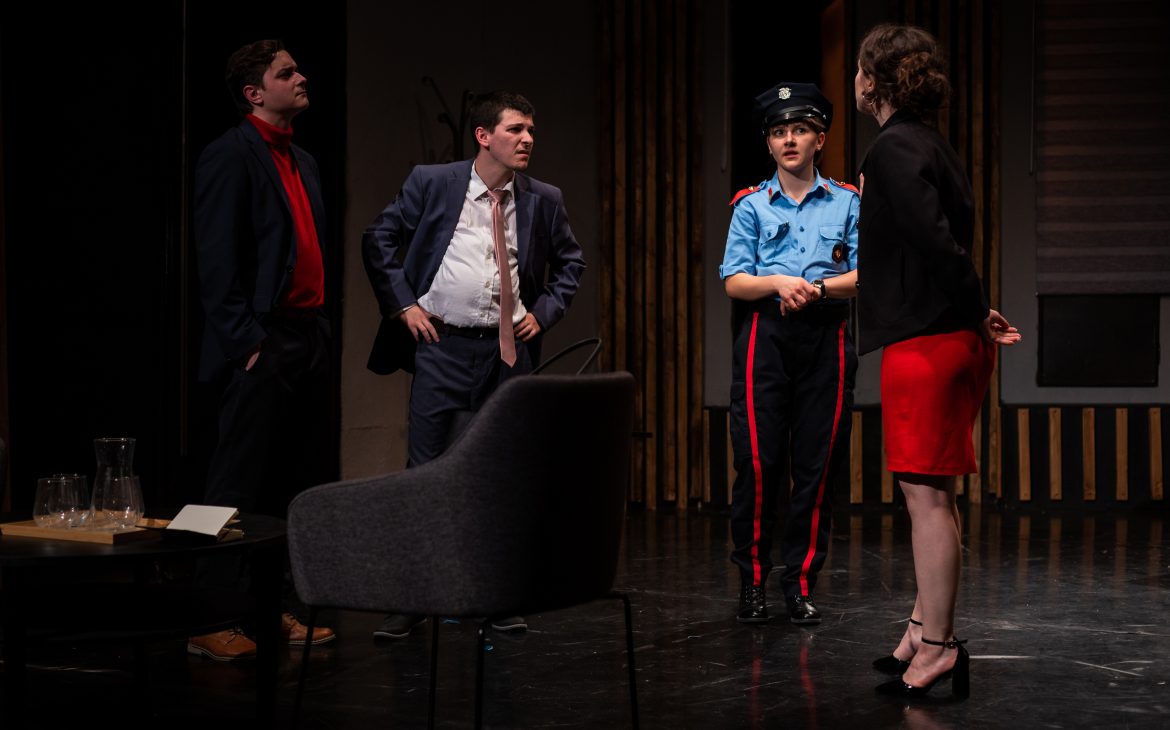He was one step away from pursuing a career in psychology, but today he is a UNArte graduate (2021), the Photo-Video department. Tudor C. Popa is a young photographer, passionate about both digital and film photography. Since he discovered the passion for the idea of archiving, of preserving present events, Tudor has been active in several cultural projects, managing the photo-documentation and video-documentation part, such as: “Creative PlayGround Intensive” and “Edivaldo Ernesto @ Depth Movement” – choreography workshops initiated by Contemporary Creative Dreamers, “Accidental Death of an Anarchist” – Theater Show – director: Maria Doncu, “The Last Raid of Humankind” – choreographic show – director and choreography: Daniel Alexandru Dragomir. At the same time, Tudor C. Popa creates interactive installations using photography, videography, sound, and technology.
In any field, there is a starting point. Please tell us how your journey into the world of the image began. What is the story of your first photo?
As in the case of any great artist, for me everything came naturally, by itself, being raised, in turn, by two artists. Having a nurse mother and an electrical technician father, there was no doubt I would do something else. I’m joking, of course, but I remember a childhood when I was surrounded by many audio and video tapes, various audio systems and tape copiers, cameras and video cameras of various sizes and shapes, digital or analog. I ended up playing around capturing various moments and events within the family, and I think that has influenced my trajectory in life quite a bit.
Today, many people practice photography without a basic education in this field, but this is not your case. As a graduate of the UNArte – Photo-Video section, we would like to know how artistic education contributed to your development.
I believe that photography can be practiced by anyone regardless of their level of education. In my case, the college experience made me realize what differentiates artistic work from commercial work. Specifically, I realized that although, most of the time, both start from fundamentally different needs and goals. From my point of view, the artistic work is intended to open discussions and raise questions about a certain subject or theme, and if the art object can also be a functional one, it was not built from that premise. In another sense, work and commercial objects aim at functionality and utility.
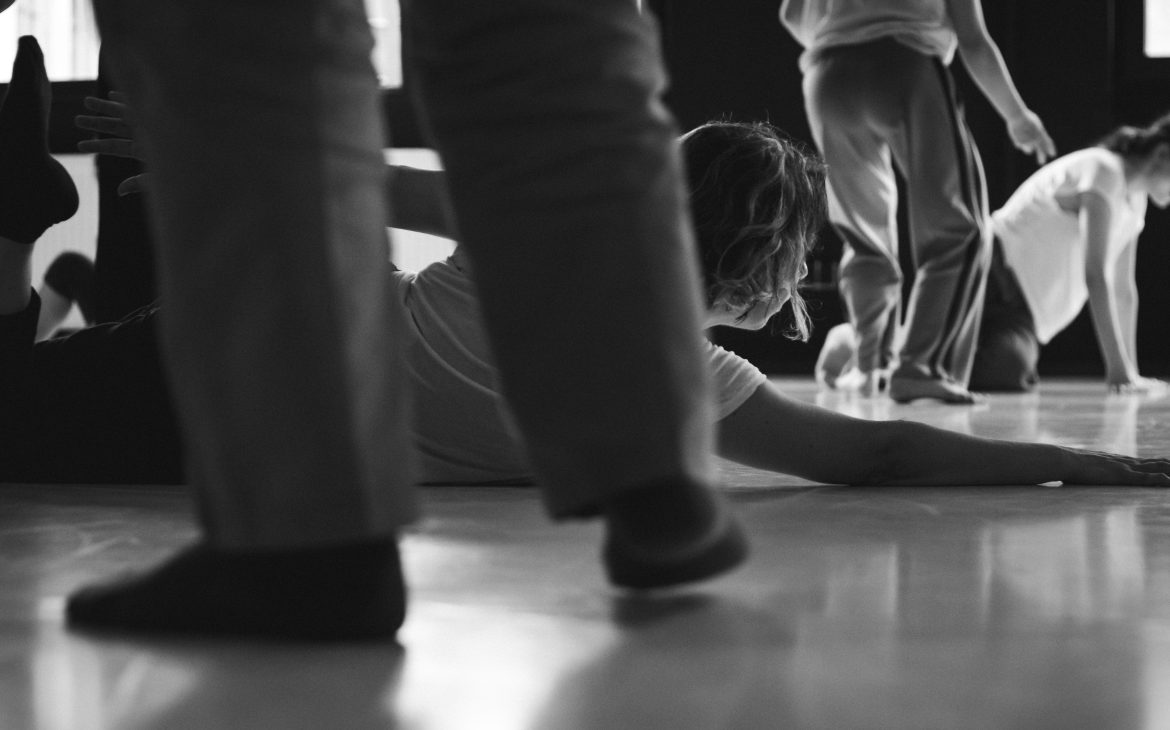
Photography, like any other art form, requires creativity. What are your sources of inspiration?
I do not have any “sources of inspiration”. I am inspired by everything that surrounds me and arouses my interest in any way, from various discussions, even the most ordinary, from what I see, hear, or smell on the street, at home, or in the studio. Anything. What I do, though, is constantly to remind myself that inspiration will never strike me when I need ideas and have resources, so when I have “a sliver of something” I write it down in a notebook that I turn to when appropriate.
Photography offers us a multitude of ways to express ourselves. As for you, I noticed that most of your creations are from the area of urban photography, and street photography. What attracts you to this type of setting?
The photos you mentioned are quite old, more precisely from the student period. As a result, for me, it was not something I was necessarily looking for, but rather that it was accessible to shoot on the street. At the same time, as I mentioned, I find my inspiration in simple things, in the reality around me, because I like to work with what is offered to me, to capture reality as it is shown to me. Now, because I have the opportunity, I started to explore photography more in a controlled environment, in the studio, and I can say that it is an interesting challenge to dictate to the light where it should be.
The first photos published on your Instagram account are black and white, and later some color photos appear. What feelings does the black and white photo convey to you, but the color one?
I would love to have a cool story about it, but there are only two reasons. First, if I want to emphasize the shapes, I shoot in black and white, if not, I shoot in color. Second, the black and white film is cheaper.
What themes do you prefer to explore in your photos?
I generally seek to capture the naturalness of things. I do not like to alter and enhance the photos I take. Besides that, I can also say that I am a fan of imperfections, especially when it comes to photographing people. I am drawn to everyone’s peculiarities, from skin blemishes, to stretch marks, scars, freckles, etc.

We would like to know more about your way of working. What comes first between taking a snapshot and carefully thinking out a frame?
The light. Always the light.
You have a “black box” that measures the passage of time. Plus, you describe yourself as “The guy who plays with time”. What does this game entail? How many times do you emerge victorious?
The work is entitled “BANK:A:SECOND” and it is an interactive installation that allows you to see your own time passing before your eyes, or we can say it is a time vault.
“BANK:A:SECOND” started with the question: “If all the devices that I use frequently could have a counter that would constantly show me how much time, of my time, is captive in them, how would I feel connected to it. What would I choose to do, if I were always aware of my time?”. As a result, I made this installation that gives the public a moment of perception of their own time.
“BANK:A:SECOND” aims to discuss the idea of time and how we come to use it as a universal currency while we cannot set a concrete value to it, each perceiving his own time differently.
As for playing with time, I can say that I always come out victorious because I have the power to control my own time and I am grateful for that.
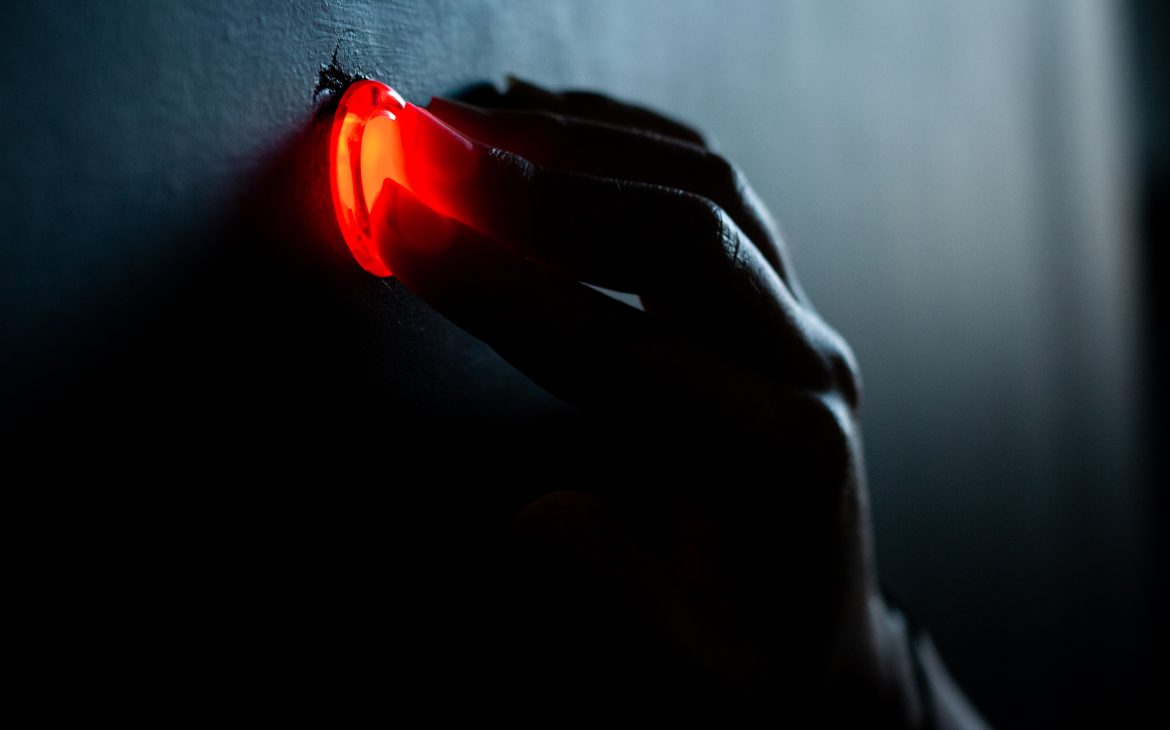
You are involved in various activities, from photos taken during representations, shows, and performances, to cultural projects, and workshops. How did all this contribute to your formation as a photographic artist?
They made me appreciate more and feel firsthand how important it is to document and create an archive further. I am glad that I have the opportunity to take part in various cultural activities that I can collect for later. I like the idea of collecting evidence of these moments because I feel like I am prolonging their lives in a way, I feel like I am not letting them die there when they end.
You are the initiator of the “FacePlant” project, a creative studio focused on the development of cultural events and activities. How did this project start?
“FacePlant” appeared in 2021 from the need to have an entity under whose umbrella I could create, and carry out my cultural activities, and it further manifested itself, in 2022, by also having a space in which to carry out these activities.
For example, “FacePlant” allowed me, in 2022, to hold a photography workshop on film, photo-documentation, and archive within the project “Workshops of collaborative practices” initiated by the Association of Malmaison Female Artists and Artists and co-financed by Primaria Sector 6. During the workshop, I worked with nine high school students who study in high schools in Sector 6. I gave each of them a disposable device and further each chose 10 locations in Sector 6, which they documented both visually, through photographs, as well as in writing, through notes that reflect their relationship with that space.
From this experience came the work “9 Ne Place Sector 6”, an interactive map that allows us to get in touch with the thoughts of the participants and then take a walk through Sector 6, through the frames drawn by them, scanning the QR codes. At the same time, the photos can also be viewed on the Instagram page @_faceplant_.
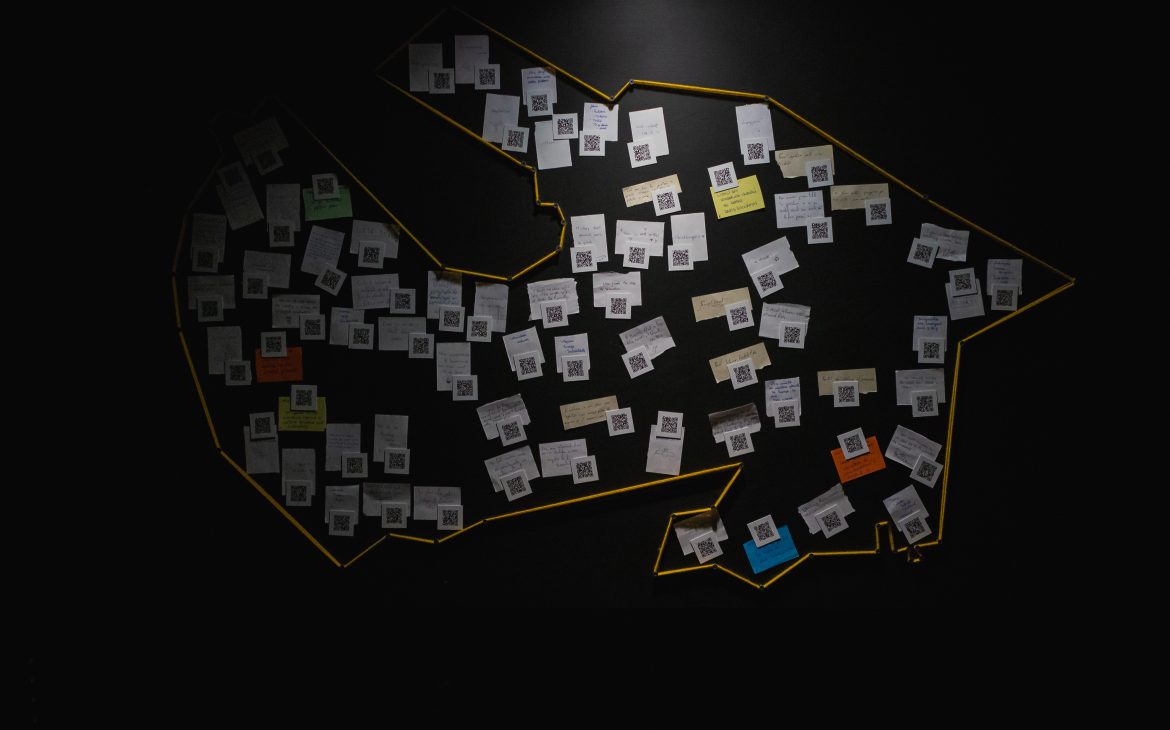
We met while visiting your studio during Atelierele Malmaison Open Doors. Unfortunately, we know that many artists do not benefit from a studio. How important is it to have your studio and what challenges have you encountered in finding it?
It is important for me to have a studio because I have this need to have a separate space in which to carry out my work, but I do not think that a workshop is necessary for everyone, and m think that at the beginning of the journey, many times, we end up wanting a workshop because it is cool, not because it is useful.
As for the challenges, it was quite difficult and it took me a while to find a space where I felt free and where I could work at any time of the day or night without neighbors complaining about the noise. But then again, those are my needs.
What projects are you preparing for the next period?
At the moment I am working on “BANK:A:SECOND 2.0” which wants to continue the story behind the original work, but this time bringing the idea of portability as well. Specifically, “BANK:A:SECOND 2.0” adds the question: “If we still work mostly digitally and store our information, and files in the Cloud, why not also store our time?”.
“BANK:A:SECOND 2.0” is an installation consisting of 25 cubes, 20×20 cm, made of the same material that was used in the original work and, like the first work, it will have a red button and a display showing how much time has been stored in this small time vault, and after the time has been deposited in the vault it can be connected to a computer to upload the collected time to a platform, “in the clouds”.

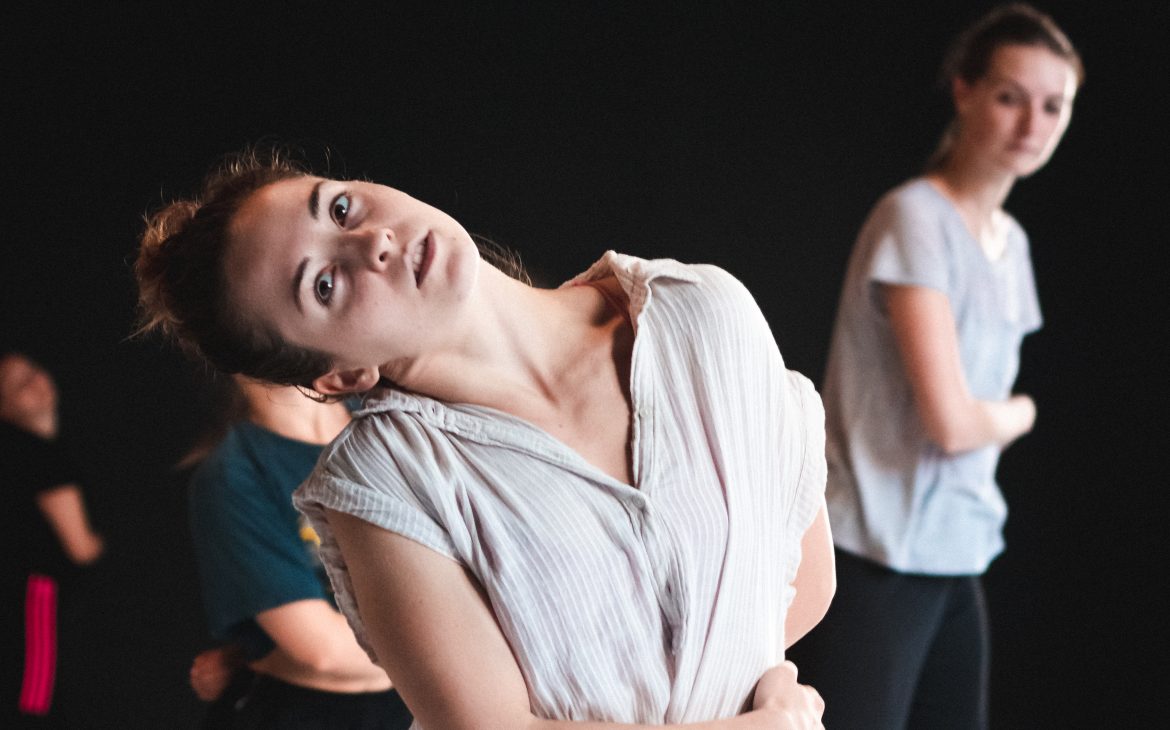
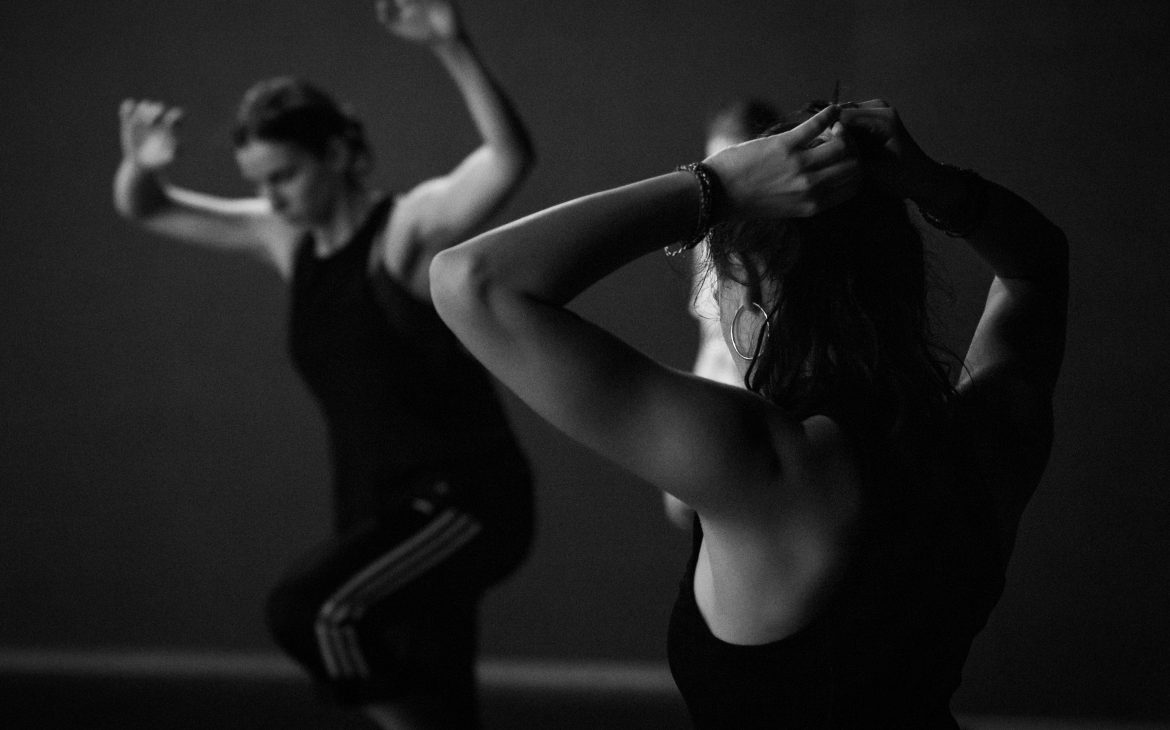

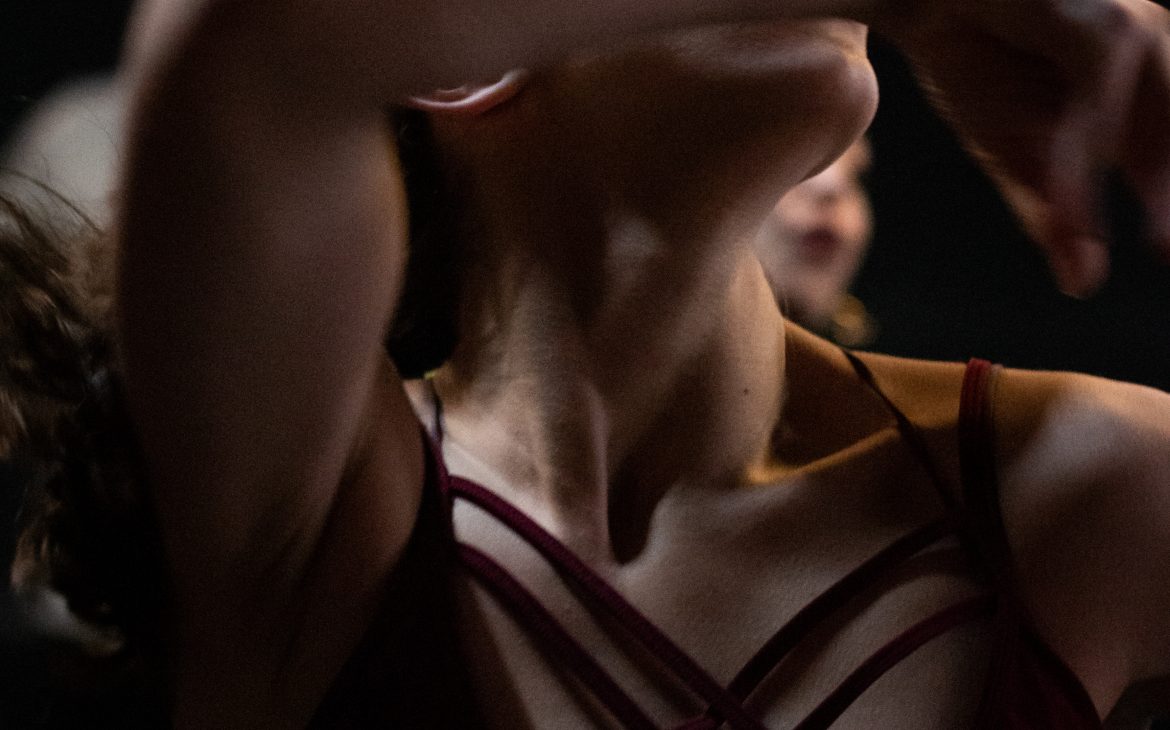


“BANK:A:SECOND”, Tudor C. Popa, interactive installation
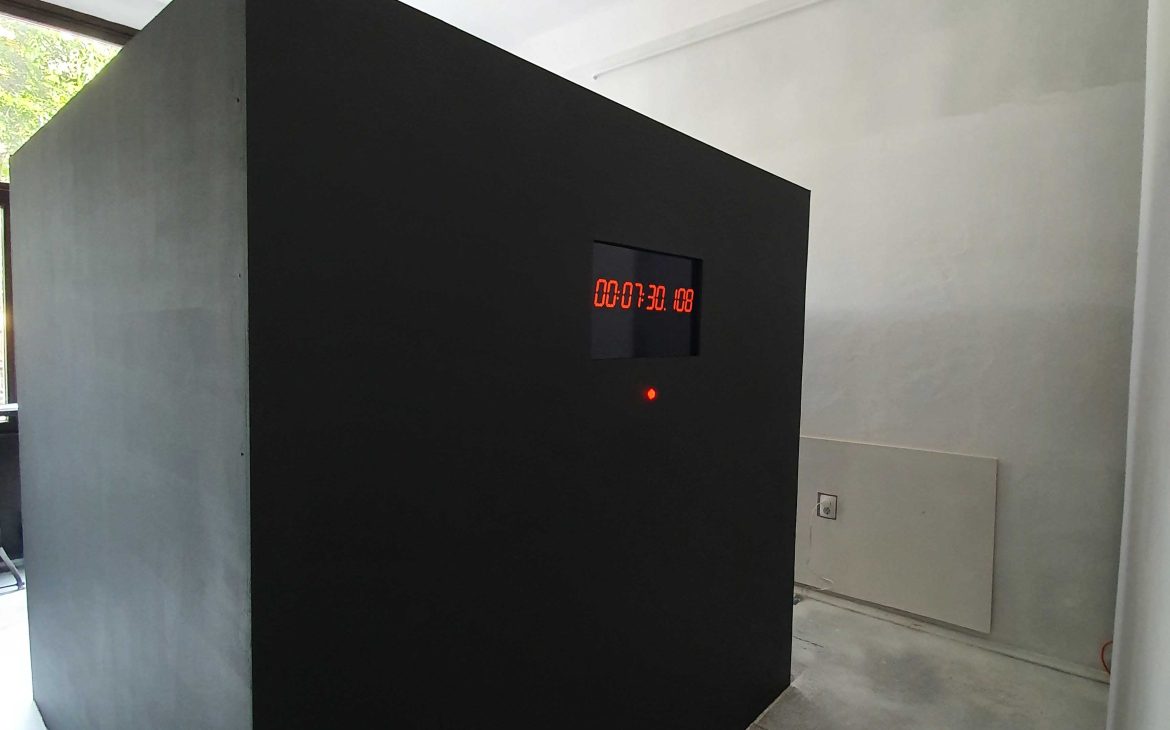
“BANK:A:SECOND”, Tudor C. Popa, interactive installation

“BANK:A:SECOND”, Tudor C. Popa, interactive installation
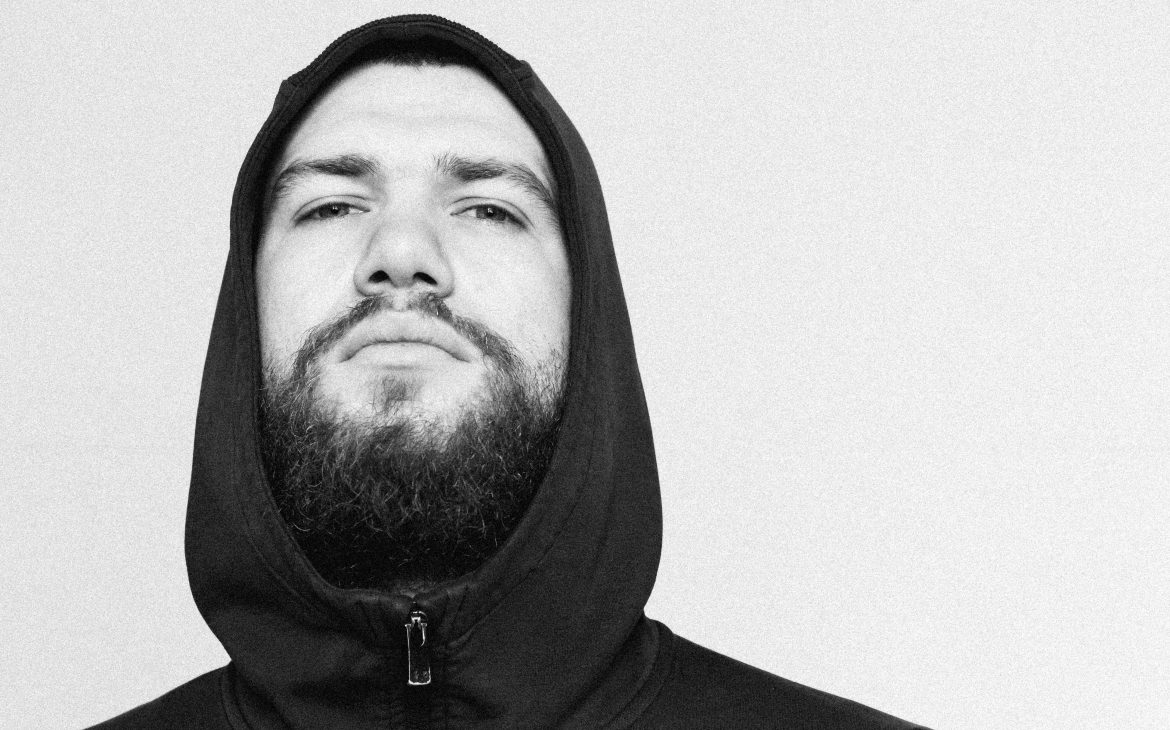
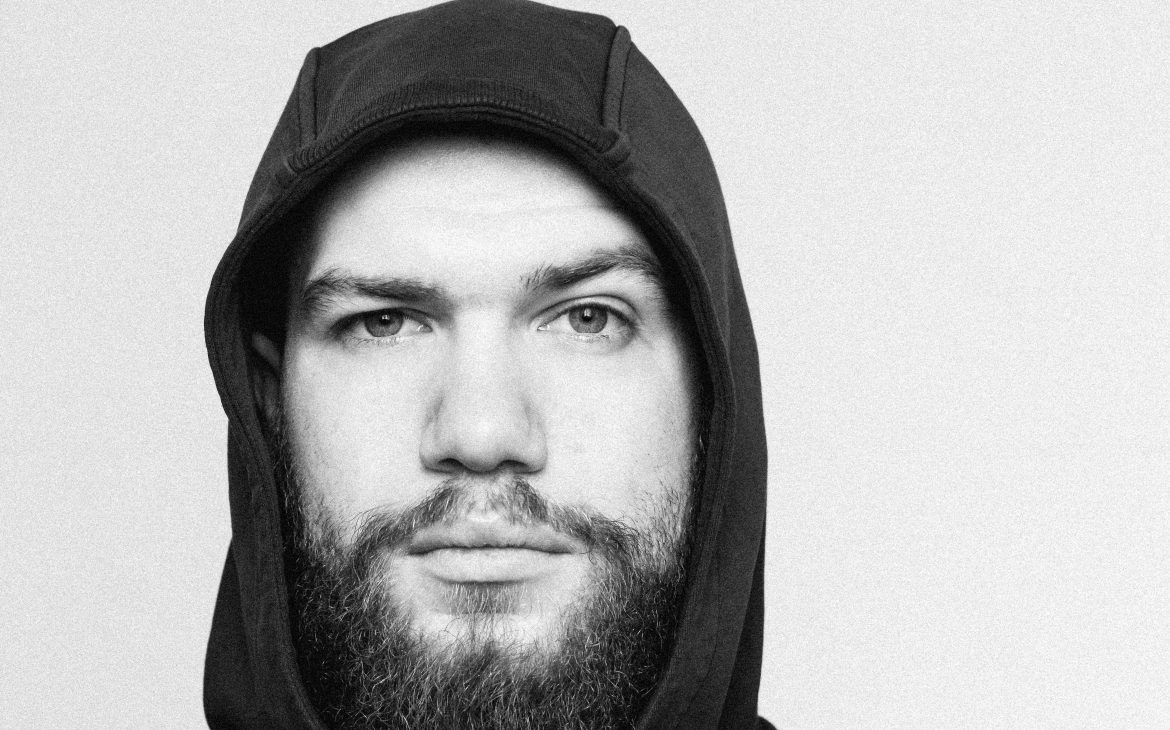
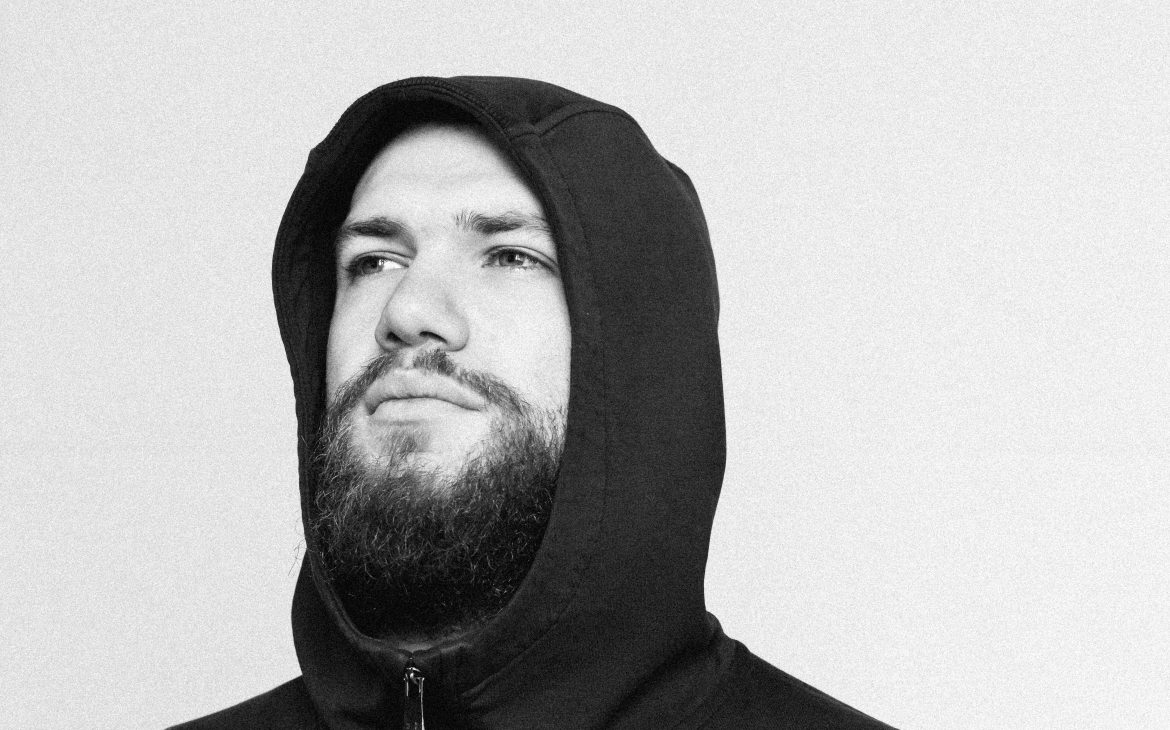
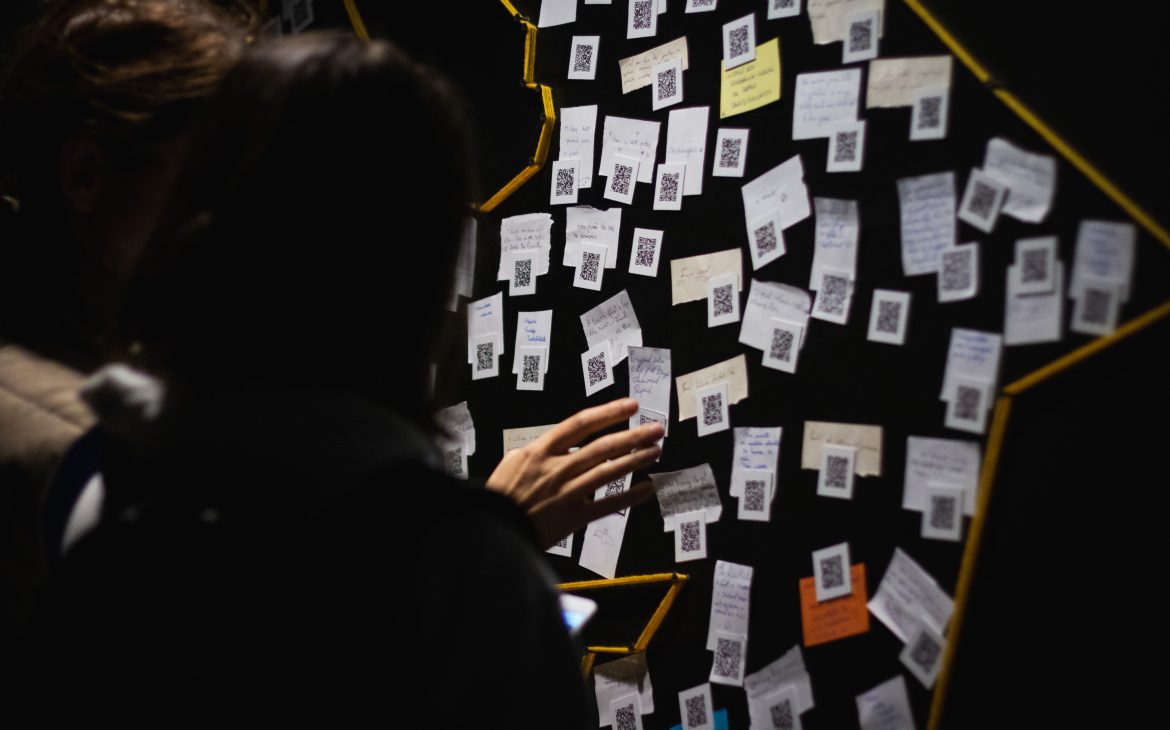
Photo from the workshop, from the opening of the Collaborative Practice Workshops project, Tudor C. Popa
